
ECOsubsea: Closed-Loop Hull Cleaning Is a Regulatory Imperative
is more than an environmental issue—it is an operational, financial and compliance risk. Fouled hulls increase resistance, driving up fuel consumption and GHG emissions. As IMO and EU decarbonization targets tighten, poor hull maintenance could make vessels non-compliant with energy efficiency and emissions regulations.At the same time, ports are implementing their own biofouling controls. Ships with dirty hulls face delays, mandatory cleaning or even denial of entry, as already seen in New Zealand, for example, leading to increased operational disruption and added costs.BEST PRACTICE:
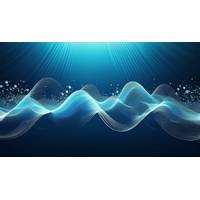
Underwater Radiated Noise and Ocean Health
measures are quietly contributing to a healthier acoustic environment in our oceans. For ship owners and operators already investing in green technologies, addressing URN can be a natural extension of existing environmental initiatives, offering a dual benefit for both emissions and marine life.Energy Efficiency and Noise ReductionOne of the key insights from recent research is the natural alignment between energy efficiency measures and noise reduction. Most interventions aimed at improving a vessel's fuel efficiency also contribute to reducing its URN output. Speed limitation, a fundamental tactic
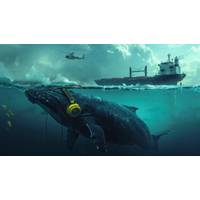
Underwater Noise Reduction Guidance from BIMCO, ICS
underwater noise and its far-reaching impact on marine life. It also explains the content of the IMO guidelines and how to set up a noise management plan and looks at the scope of regional regulations and voluntary measures."As our industry cuts greenhouse gas emissions through the uptake of energy efficiency measures, the level of underwater radiated noise will also reduce and help protect marine life and the environment,” says David Loosley, BIMCO Secretary General & CEO.Click here to pre-order the first edition of the “Underwater Radiated Noise Guide” from ICS Publications
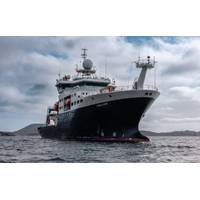
Navigating a Safe Future for Us and Our Marine Environment
years old, there are limitations on what we can do, which is another challenge many others face.Of course, it’s not just all about our ships and maritime operations. Across our wider organization, other initiatives include converting the roof of our Southampton site to Zinc, enhancing the energy efficiency of the building, using 100% recyclable materials, increasing the number of electric car charge points, improving the efficiency of our laboratories and gaining IOS14001 environmental management accreditation.Overall, we have a commitment to sustainability and environmental responsibility and
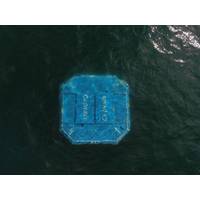
US Wave Energy Set for Government Commercialization Boost of $112M
WEC technologies, reduce financial risks for developers and incentivize investors, progress technologies at smaller scales while developing toward utility scale, and increase learning for installation, operations, and maintenance. The full funding opportunity is available in the Office of Energy Efficiency and Renewable Energy Program Information Center, with the concept papers due by October 25, 2024
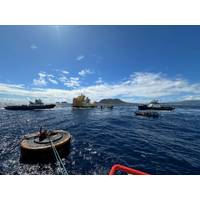
Irish Company Deploys Utility-Scale Wave Energy Device Off Hawaii
feet, and a potential rated capacity of up to 1.25 MW in electrical power production.It is located north of Mōkapu Peninsula, at the WETS site in Kaneohe Bay, having been towed there from Honolulu on July 19, 2024.The $12million project is part‐funded by the US Department of Energy's office of Energy Efficiency and Renewable Energy and the Sustainable Energy Authority of Ireland (SEAI), under an agreement committing the US and Irish governments to collaborating on marine hydrokinetic technologies."Following over a decade and a half of design, trials, testing and building, we are excited finally
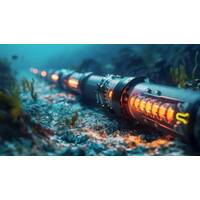
ABL Secures French-Spanish Offshore Interconnector Job
operations, suitability survey of the proposed fleet including dynamic positioning (DP) trials where relevant, and on-site attendance at the offshore operations."Interconnectors play an increasingly crucial role in our modern energy systems. They enhance our energy security, improve cost and energy efficiency, and facilitate greater renewable energy integration into electrical systems.“Our track-record covers experience supporting the construction of some of the world's most significant interconnector projects in Europe, Americas, Middle East and Asia Pacific. In short, we have the experience
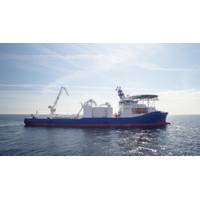
NKT Upgrades Its CLV for Better Offshore Installation Services
power cable systems across Europe, establishing herself as a key asset for NKT.The recent upgrades to this purpose-built cable-laying vessel were prompted by growing market demand and customer requirements.“With these recent technical enhancements, we maintain her position at the forefront of energy efficiency and operational accuracy. The continued upgrades are extending our in-house installation capabilities preparing to meet future demands for efficient and reliable execution,” said Darren Fennell, Executive Vice President and Head of HV Solutions in Karlskrona.NKT is currently expanding
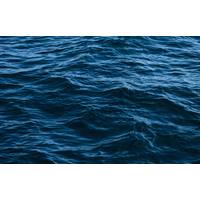
DOE Launches $1.7 Million Marine Energy Prize
that harness the power of the ocean.“Marine energy technologies have incredible potential to power systems out at sea that serve broad societal needs, like collecting data about our vast and largely unexplored oceans,” said Jeff Marootian, Principal Deputy Assistant Secretary for Energy Efficiency and Renewable Energy. “I’m excited to see the inventive concepts competitors develop and how they can help advance our goal to achieve net-zero emissions across all sectors of our economy by 2050.”Concepts can power any off-grid use in the ocean with marine energy, which includes
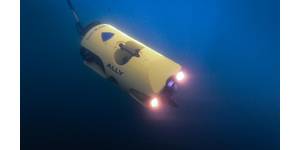
 February 2025
February 2025





